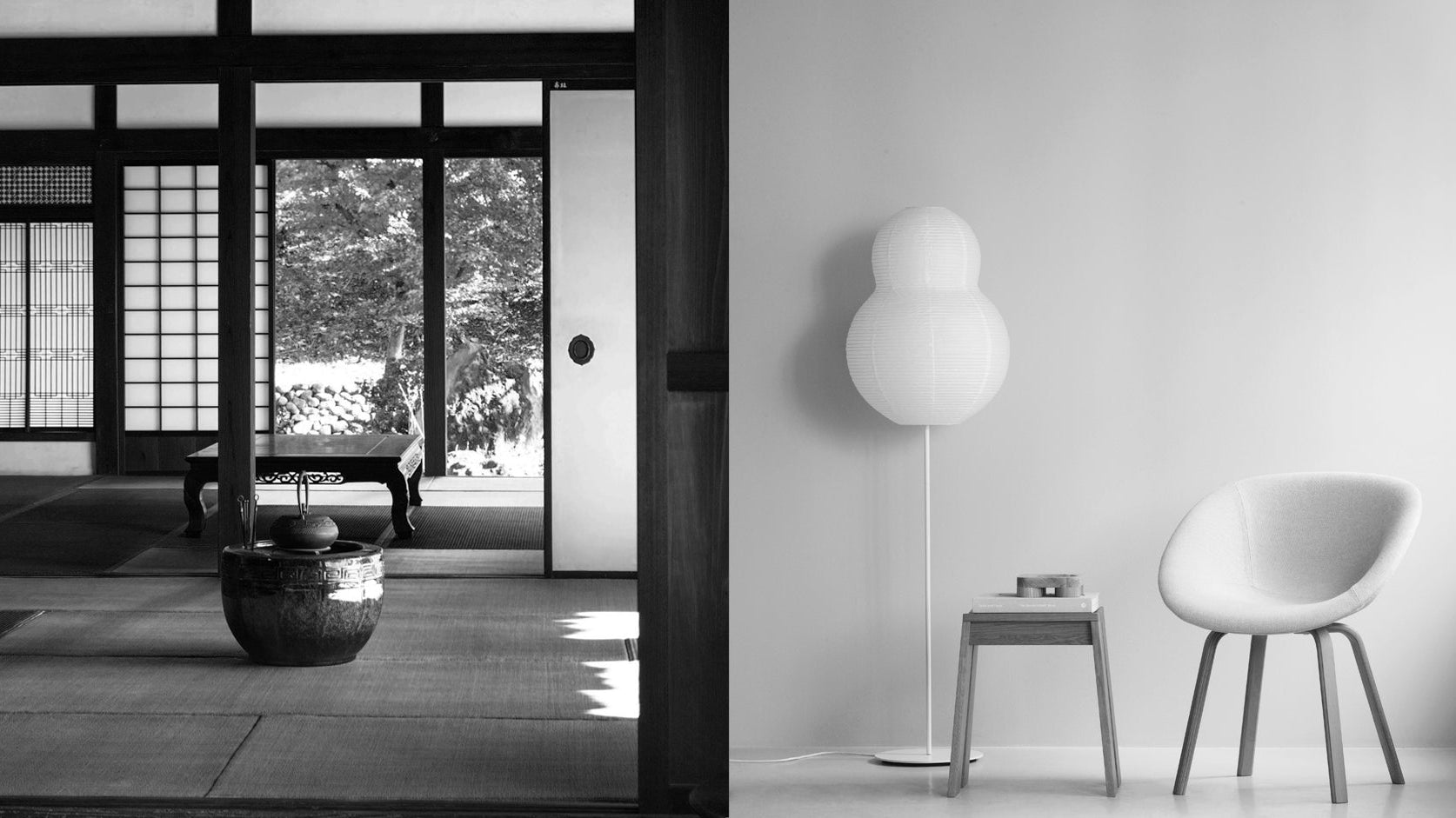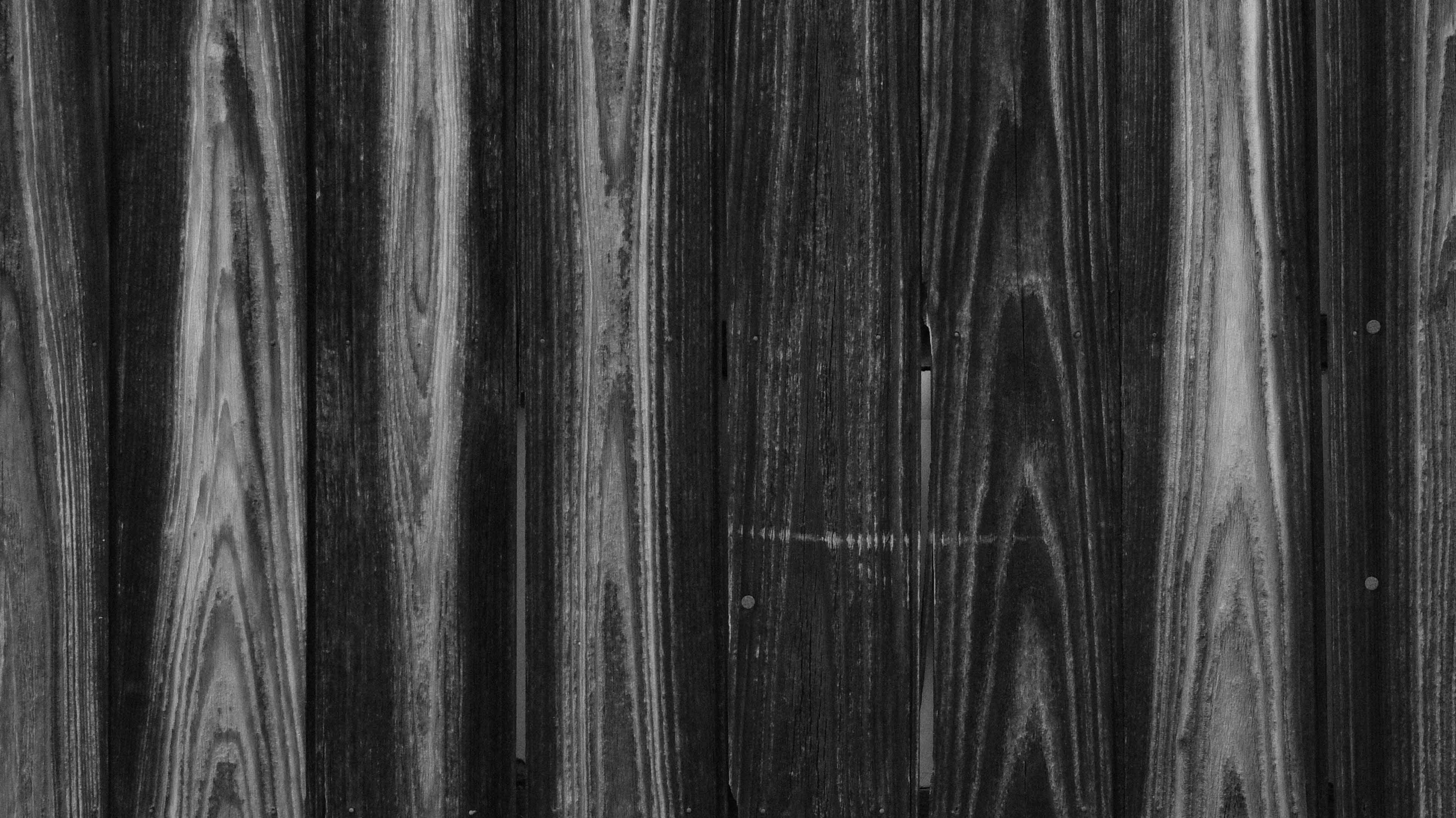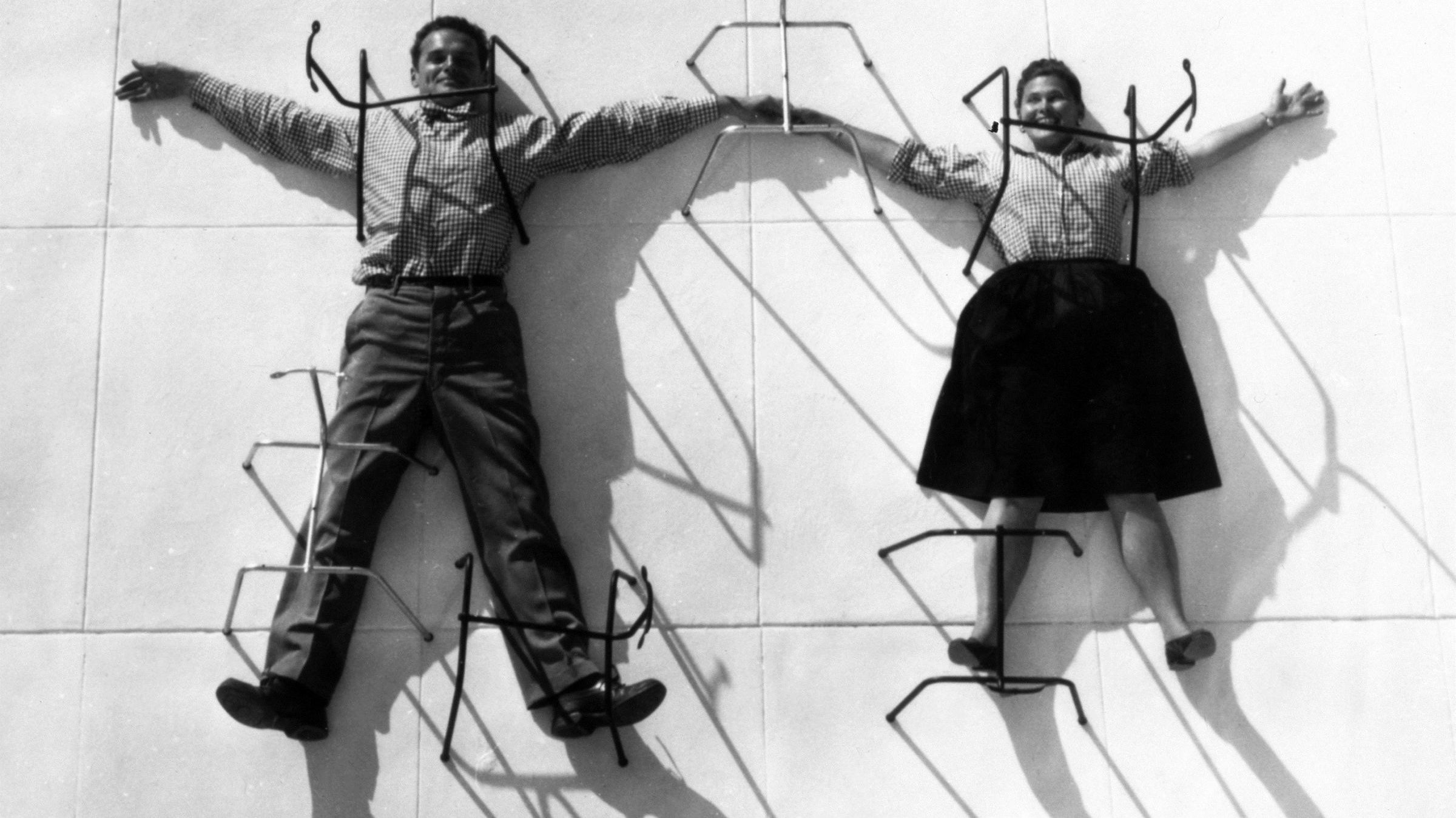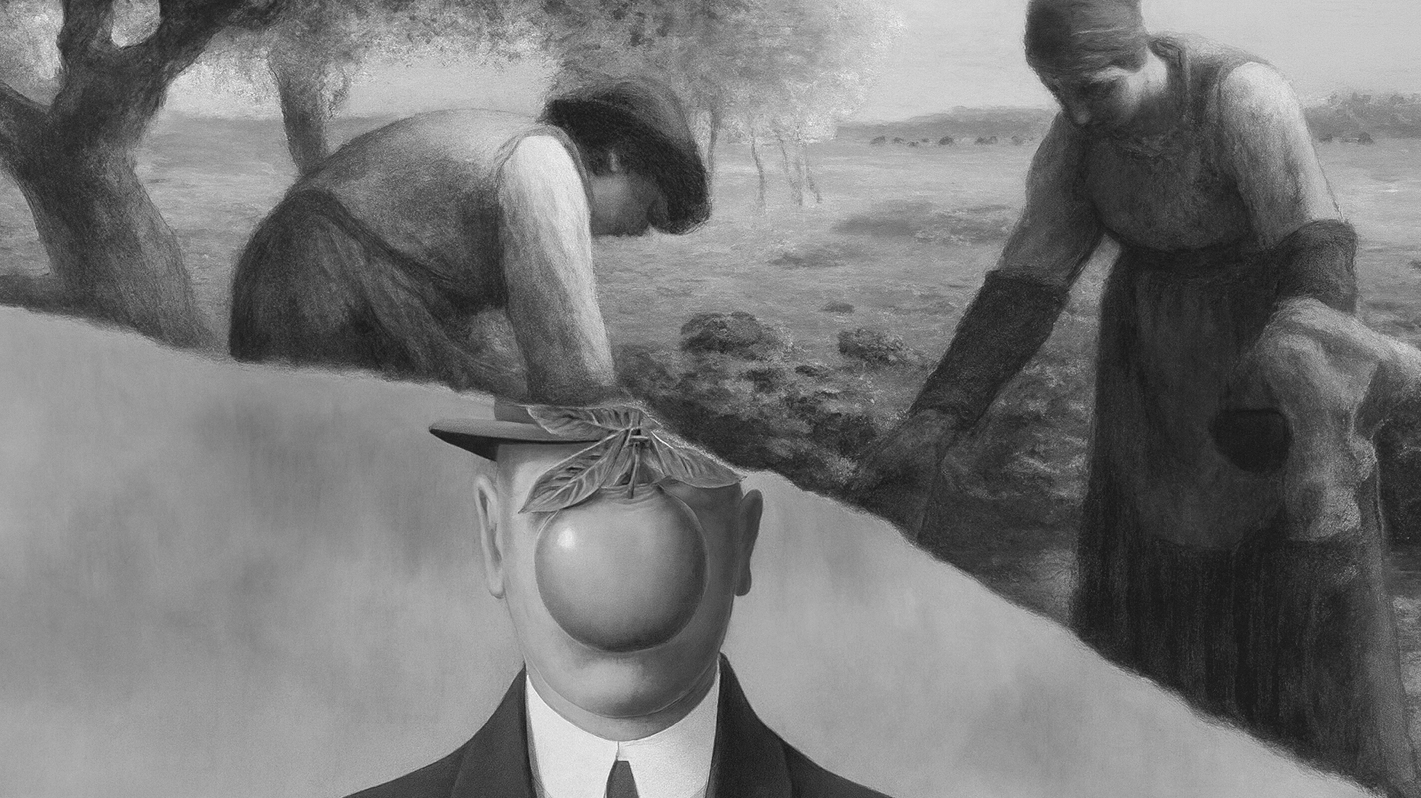Minimalism is more than just an art form; it’s a philosophy of simplicity and purity. At first glance, its artworks may seem straightforward, but they often spark debate: How can something so minimal be considered art?
In this article, we’ll explore what Minimalism is, what it represents, and the iconic artworks that define this movement. Whether you admire its clean, understated aesthetic or question its artistic value, Minimalism offers layers of meaning waiting to be uncovered.
(Minimalist Art: How Space, Materials, and Simplicity Create Meaning - dans le gris)
What is Minimalist Art?
Minimalist Art emerged in the 1960s in the United States as a bold reaction to the intense emotions and dramatic gestures of Abstract Expressionism. Instead of focusing on personal expression or narrative, Minimalist artists emphasized simplicity, clarity, and materials, stripping away anything they considered unnecessary.
While it may seem like Minimalism came out of nowhere, its roots are deeply tied to earlier movements. The Bauhaus school, for example, prioritized simplicity and functionality, as seen in Marcel Breuer’s Wassily Chair, a masterpiece of pure form and utility. Similarly, movements like Constructivism and De Stijl laid the groundwork for Minimalism by embracing industrial materials, geometric forms, and reduced visual elements.
Minimalist Art rejects representation and storytelling. It doesn’t aim to depict objects, people, or emotions. Instead, the artwork focuses on its own physicality—its materials, form, and interaction with space. Frank Stella captured this philosophy perfectly when he said, “What you see is what you see.”

Hollis Frampton, The Secret World of Frank Stella, 1958–1962, printed 1984, black-and-white photograph, Walker Art Center, © Estate of Hollis Frampton.
This approach marked a radical departure from earlier art movements like Abstract Expressionism, which prioritized emotion and personal interpretation. Consider Jackson Pollock’s energetic drip paintings or Mark Rothko’s immersive color fields, which invited viewers to connect with the artist’s inner world. Minimalism, in contrast, stripped art of narrative and emotion, inviting viewers to experience the work directly, free from preconceived interpretations.
A great example of this philosophy is Minimalist sculpture, where repetition and geometric forms create dynamic relationships between the artwork, the surrounding space, and the viewer. As you move through the space, subtle shifts in perspective reveal new ways of seeing, emphasizing the artwork’s presence in the moment.
Minimalism wasn’t just a style; it was a response to its time, challenging traditional ideas about what art could and should be. Whether you admire its simplicity or question its meaning, Minimalist Art invites us to rethink our relationship with space, materials, and the very definition of art.
(Minimalist Art: How Space, Materials, and Simplicity Create Meaning - dans le gris)
What Makes Minimalist Art Unique?
Minimalist art is defined by its simplicity and focus on essential elements, making it a stark contrast to earlier movements like Abstract Expressionism. Rather than dramatic gestures or emotional depth, Minimalism emphasizes clarity, materiality, and the relationship between the artwork and its space.
A defining characteristic of Minimalist art is its focus on simplicity—reducing forms to basic geometric shapes, clean lines, and limited color palettes. This streamlined approach creates art that feels pure and uncluttered, often described as "essential." Minimalist works also minimize personal or emotional expression, shifting attention to the objective qualities of the artwork itself: its form, material, and physical presence.
Another hallmark of Minimalism is the interaction between the artwork and its surroundings. These pieces don’t exist in isolation—they actively engage with their environment, inviting viewers to experience them physically. For example, Donald Judd’s stacked boxes (Untitled, 1968) emphasize the importance of the spaces between the forms, creating a dialogue between the viewer and the environment. Judd famously stated, “Actual space is intrinsically more powerful and specific than paint on a flat surface.”

Donald Judd, Untitled, 1967.
Minimalist artists also highlight the raw qualities of their materials. Whether working with industrial elements like steel, concrete, or glass, these materials are showcased in their natural state. Carl Andre’s Equivalent VIII (1966) is a perfect example: plain firebricks arranged on the floor, drawing attention to their texture, weight, and arrangement without the distraction of traditional sculptural pedestals or artistic flourishes.
Lastly, Minimalist art often employs repetition and geometry to create rhythm and structure. Neutral or monochromatic color palettes are common, focusing attention on the form and material rather than dramatic visual effects. Artists like Dan Flavin, however, use vibrant fluorescent lights to explore space and color, demonstrating Minimalism’s versatility within its constraints.
Minimalist art invites viewers to experience it directly—free from the narratives, symbols, or emotions typical of earlier movements. By focusing on form, space, and materiality, Minimalism offers a clear and pure artistic vision that remains influential today.
(Minimalist Art: How Space, Materials, and Simplicity Create Meaning - dans le gris)
Criticism and Controversy in Minimalist Art
Minimalist Art is celebrated for its radical simplicity and innovation, but it has also faced significant criticism. These critiques shed light on both the strengths and challenges of this influential movement.
One common critique of Minimalism is that it feels cold and detached. The use of industrial materials, geometric shapes, and the absence of emotional or narrative content often leave viewers feeling disconnected. For some, the art’s impersonal quality makes it seem sterile. In response, movements like Post-Minimalism emerged to address these perceived shortcomings. Artists such as Eva Hesse and Richard Serra brought organic forms, emotion, and personal expression into their work while retaining certain principles of Minimalism.
Another criticism focuses on Minimalism’s reduction of form and content, which some argue renders it superficial or lacking in substance. By stripping art down to its bare essentials, critics claim that Minimalist works can feel shallow, sacrificing depth and complexity for simplicity. This extreme reduction is sometimes dismissed as a shortcut, suggesting Minimalist artists achieve impact with minimal effort.
Despite these controversies, Minimalism remains one of the most influential movements in modern art. Its emphasis on materiality, form, and space challenged traditional ideas of art, encouraging viewers to engage with the artwork on a deeper, more personal level. By redefining the way art is experienced, Minimalism has left a lasting impact on contemporary art and continues to inspire new generations of artists.
(Minimalist Art: How Space, Materials, and Simplicity Create Meaning - dans le gris)
Read More Art Articles:
• 8 Major Modern Art Movements You Need to Know
• Surrealism in Art: From the Unconscious Dream to Artistic Reality
• Contemporary Art Meaning: Why It Matters in Today's World?
• Bauhaus Movement: How It Revolutionized Art and Design
(Minimalist Art: How Space, Materials, and Simplicity Create Meaning - dans le gris)
About Us
Dans Le Gris is a brand that began with everyday jewelry, with each handmade piece designed and crafted in Taiwan. We deeply value every detail, dedicating ourselves to creating timeless pieces through collaboration with experienced craftsmen.
In our journal, we provide irregular updates featuring articles about art, culture, and design. Our curated content encompasses diverse aspects of life, with the aspiration to offer meaningful insights and inspiration.






